First posted 2/5/2023
Ever since sharing the picture of me cleaning my shower while doing an FT8 QSO over at the WSJT-X + Raspberry Pi 4 + VNC write-up, I’ve had many people ask about getting silly mobile devices to work with WSJT-X. The truth is I’m kind of cheating with the use of VNC on my WSJT-X setup; all the radio magic is happening on the Raspberry Pi 4, and just about any device capable of running a web browser within the past 25 years can run a VNC client to interact with the WSJT-X app. Given the original Apple iMac’s 25th birthday is coming up later in 2023, I figured it would be fun to dust off the one I have in the basement and get it FT8ing. Sure enough, it works well, but I would not recommend connecting a horribly insecure operating system like MacOS 9 to the internet these days. Try at your own risk!!!
Step 1: Get an iMac G3 to boot
I decided to stick with MacOS 9 solely out of nostalgia reasons; it is entirely possible (if anything easier) to run MacOS X on these ancient iMacs and get similar results. But the killer feature of using MacOS 9 is being able to run old-school classic games like Oregon Trail quite well, whereas the classic game library on OS X is fairly boring. Sure, you could run “classic mode” ontop of OS X to play OS 9 games, but that’s just not the same experience in my opinion. My particular iMac G3 already had MacOS 9.2.2 installed, but a password was set on it which I forgot many years ago. At first I wanted to start wish a fresh install, but I knew I had some great old-school games & utilities on this mac which I didn’t want to lose. Thankfully there’s still a Cnet article from 2009 which walks you through the steps of resetting the password, but I had to remove the hard drive in order to pull this off. Fortunately iFixit still has a great guide on how to do this. Although it’s been over a decade since I’ve repaired an iMac G3, it all came back to me pretty easily!
After removing the hard drive, I had to use MacDrive to reset the password as my Macbook Pro M1 couldn’t seem to read/write the ancient filesystem. Watching the iMac boot was nerve-wracking as I thought I might have broken something during re-assembly, but it all came back to life with this hilarious message about system clock being 50 years off 🙂

Step 2: Get a wired 10/100mbps Ethernet connection to the iMac, check networking
Fortunately the iMac was specifically marketed to get people online via TCP/IP back in the late 90’s, so you don’t need to jump through firey hoops getting an IP address configured like in some retro operating systems. No need to find and/or by and Ethernet adapter either, the built-in RJ45 port is still great to see after all these years! Simply go to the Macintosh HD, open the System Folder, and select TCP/IP from the Control Panel. Throw in an IP address & DNS server (I think DHCP would have worked, but I didn’t bother), and pray the IPv4 planets are aligned. Sorry, no IPv6 today lol
If you’re wanting to live on the edge, fire up the built-in Microsoft Internet Explorer 5 web browser and see if Google still works. Much to my surprise, the doodle of the day loaded without issue as Google still supports HTTP clients. It’s a sure guarantee anything involving HTTPS isn’t going to work nowadays, but still seeing traffic come alive on port 80 made me happy!
Step 3: Get VNCthing installed
I am completely blown away at how amazing Macintosh Repository has become nowadays. I don’t think they were around when I first started repairing Macintosh computers back in the day, and it would have been significantly harder to do this project without them. Getting a working VNC Client was priority #1 for me, and they delivered with hosting the long abandoned VNCthing software. Using a FAT32 formatted USB key, it was trivial to copy this from my personal desktop onto the ancient iMac’s USB version 1 ports. Simply use built-in Stuffit Expander to extract the application, then throw in the IP Address and VNC password of your Raspberry Pi, assuming you’re using my guide or one of the VNC-enabled flavors of SDRPlay’s image
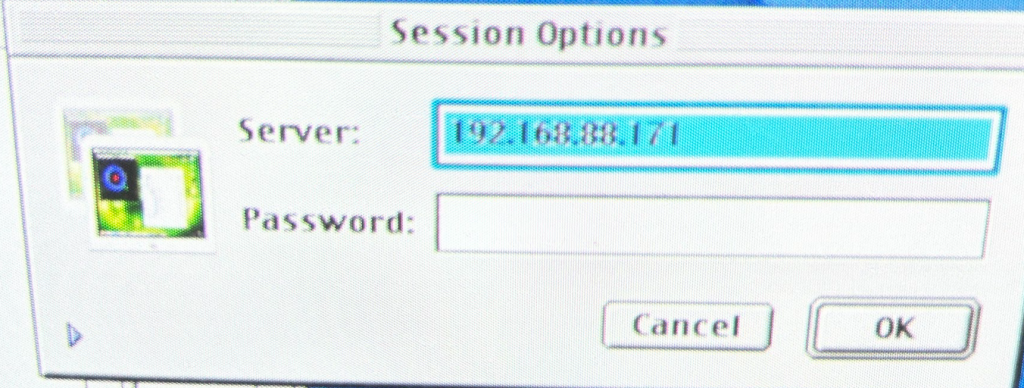
From here, you can pull up the GUI of the Raspberry Pi and fire away some FT8 traffic. As of this writing, KD9JSB has my Xiegu G90 setup with the SignalLink USB, so I wasn’t able to get a screenshot of a real QSO, just one of my SDRPlay decoding some traffic. On the bright side, he’s lighting up the world with 10m FT8 traffic using only his technician license, so check out his QRZ logbook to see all the awesome things he’s doing in lieu of me being able to transmit FT8 on my silly 10m hamstick dipole
Step 4: Backup everything to a USB Key
Using that USB Key from the step above, let’s copy the entire contents of Macintosh HD from the 4gb hard drive onto the 16gb USB Key. MacOS 9 had its issues, but I love how dirt simple it is to backup the entire operating system to USB external disk. Just click & Drag all the contents via Finder, wait about an hour or so depending on what you’ve installed, and now you have a safe backup for when the hard drive inevitably dies!
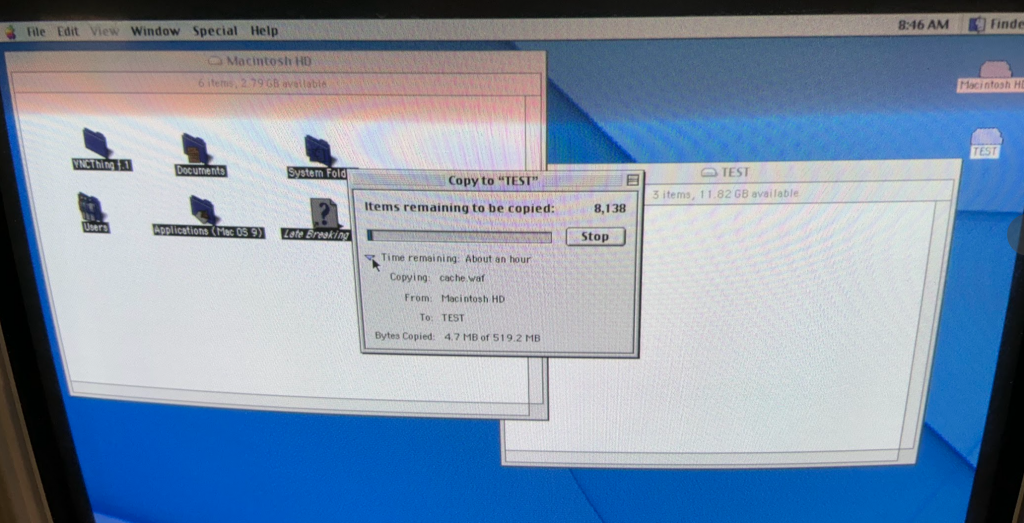
I know the newer iMac G3s with FireWire ports are better about booting off external devices, but this original iMac seems to struggle. I’ve heard of people using OpenFirmware to pull this off, but haven’t figured that out myself. If/when I need to restore the backup, I’ll probably use something like g4u to do a block-level copy of the USB drive to something else. Will update this post if that day comes.
Conclusion & why I still hold onto this iMac G3
Although you can’t buy an iMac G3 on Amazon nowadays, you can get some newer refurbished Intel iMacs for under $300 as of this writing. Of course you’ll always see iMac G3s for sale on eBay too, but honestly these 20+ year old machines are not going to have anywhere near as good reliability as the Intel-era of old macs in my humble opinion. Even if you get an iMac G3 fully operational and buy a fancy IDE to SSD converter to avoid hard drive motor failure, it’s only a matter of time before the capacitors & other iMac internals are going to go bad on you. It’s practically a miracle this iMac still works considering I stored it in suboptimal conditions (Chicago-area detached garage) for about a decade. I purchased this particular iMac G3 from my primary school about 13 years ago; Long story short I repaired a bunch of these for the school when I was in community college for free since their technology budget was tiny, and I even found the spreadsheet logging all that work too!

Although I’m fairly confident all these ancient Macs repaired by myself have long been scrapped, I hope the MacOS 9.2 image I created with all the educational games sparked a little joy for those students who otherwise might not have used a computer much at the time. You may recall there’s another post I’ve done previously featuring the teacher who purchased all these computers, Mr. Tom Frisch. It’s been many years since he’s past away, but I bet he’d love seeing these iconic iMacs still alive and kicking 25 years after he took the gamble on purchasing the unproven design.
Much to my wife’s dismay, I’m probably going to keep this iMac forever as these machines truly changed my life for the better in primary school, even after it inevitably stops powering up someday. In a perfect world, this iMac will still boot up around 5-10 years from now when our kid is the perfect age for Treasure Mathstorm, Mavis Beacon Teaches Typing, Number Munchers and (of course!) original Macintosh Oregon Trail. But we don’t live in a perfect world, and that’s ok as you can emulate that stuff in a modern web browser nowadays. I don’t thank enough people on this blog for getting me through those weird teenage years, so I want to take an extra sentence here for thanking everyone who supported my computering passion from kindergarten through 12th grade. This iMac will forever remind me of how awesome the people in Chicago’s Scottsdale/Durkin/Ashburn communities were to me back in the dial-up days. Rest in PowerPC Mr. Frisch.
You’ve reached the end of the post! Click here to go back to the list of all Ham Radio posts.
You should also know I may earn commissions on qualifying Amazon purchases made via kd9cpb.com links to defray the cost of otherwise ad-free web hosting.


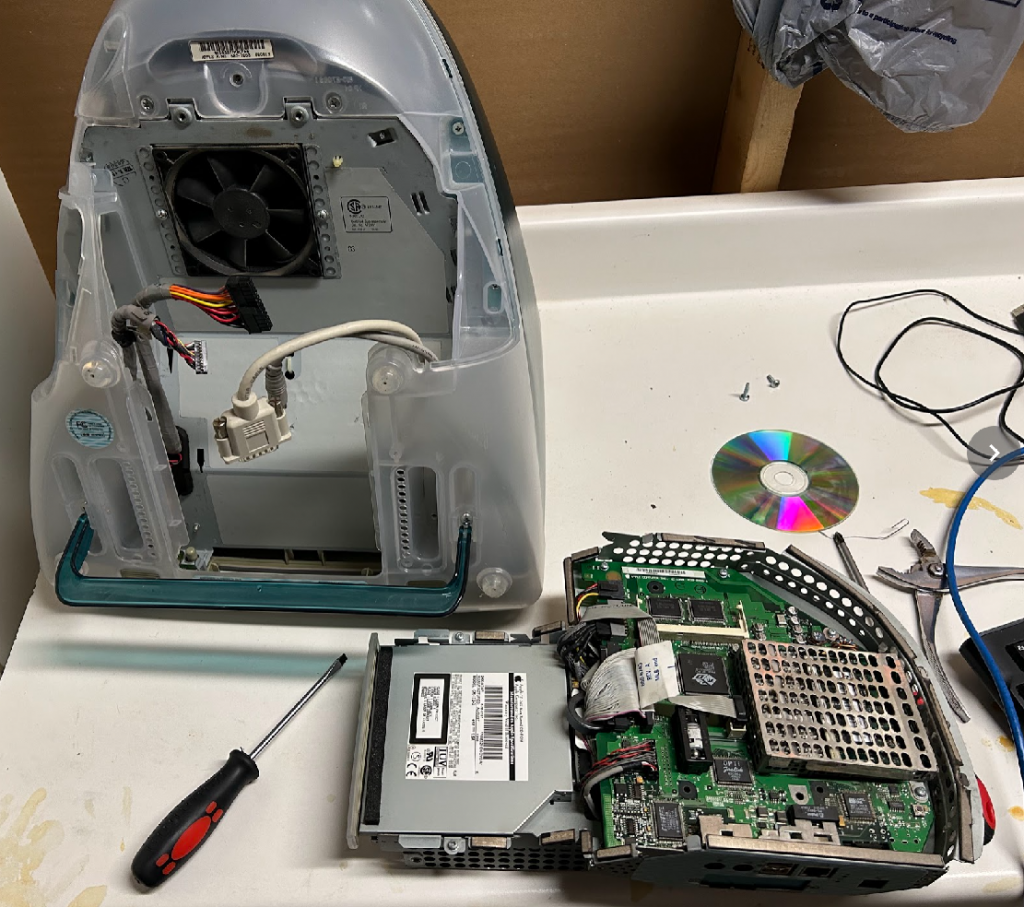
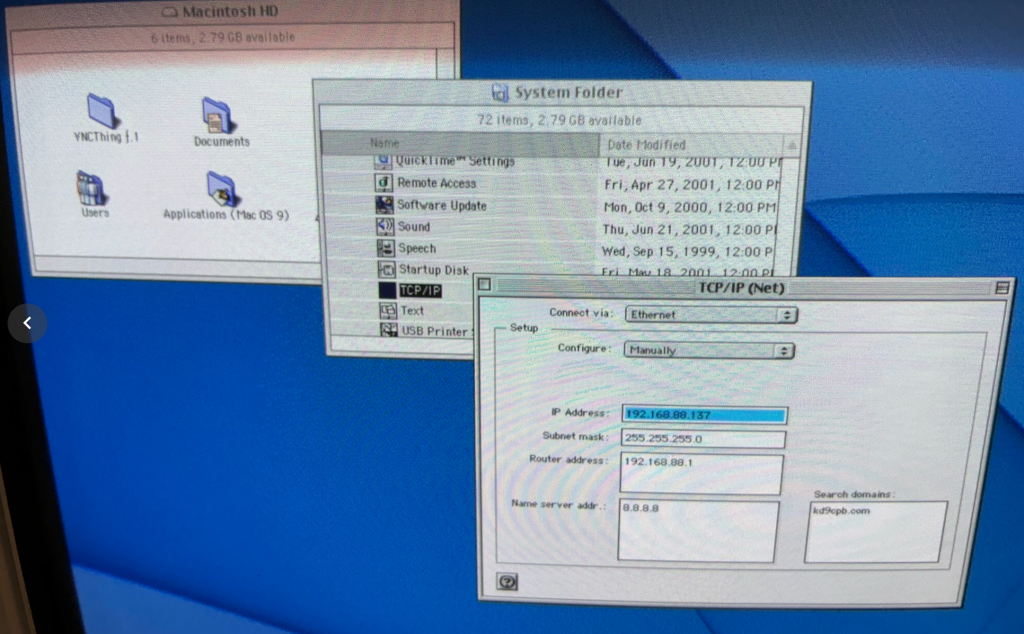

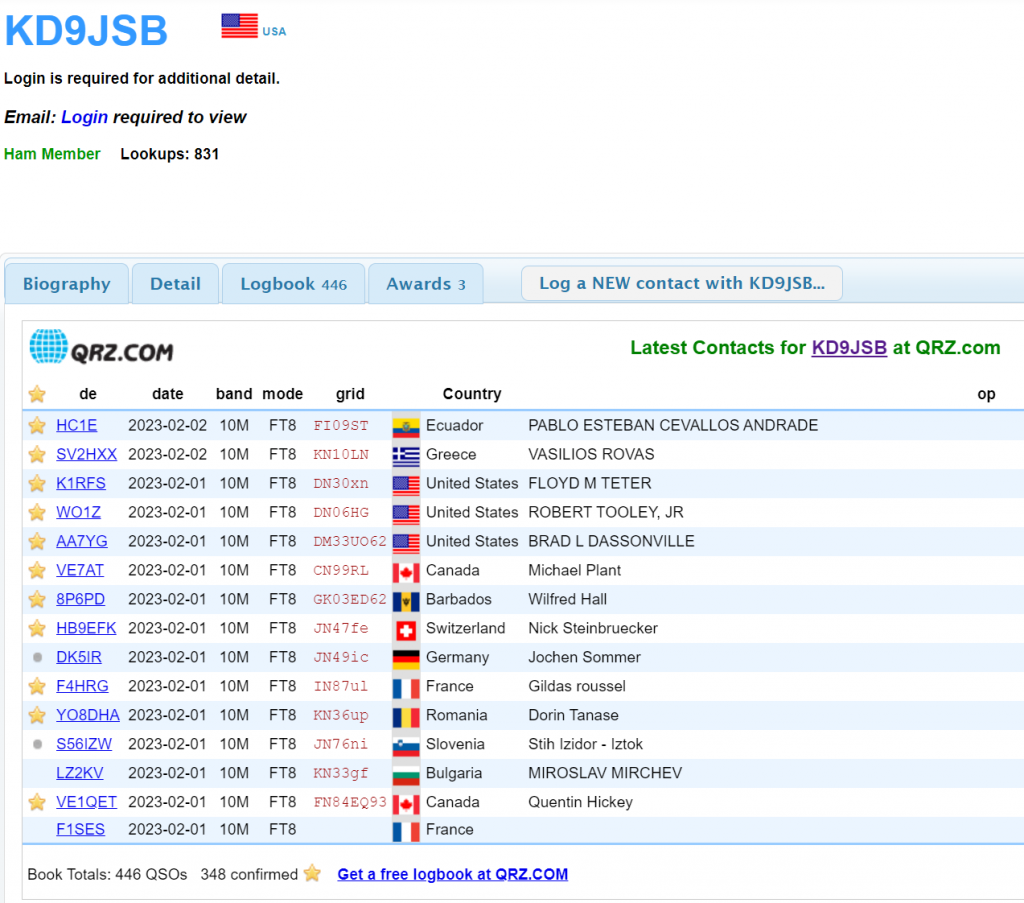
One thought on “FT8 on an original iMac G3?!?”
Comments are closed.